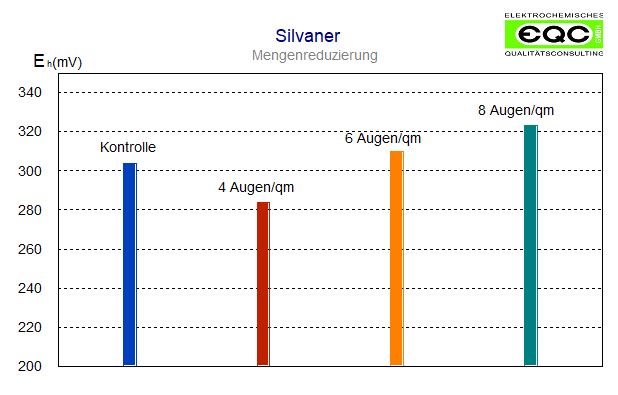Together with experts, we want to provide some information about selected topics, relating to wine quality. Beginning with an input from Bernhard Staller, the CEO of EQC since 1999, whose focus lies on the electrochemical measurement of food.
Bernhard Staller states: “The characterisation of food by analytical chemistry through declaration of their ingredients only describes the outer packing but tells nothing about the content which is in fact essential for our health and life.“

elektrochemischer Analysen von Wein
Knowledge about wine 1: What is the correlation between electrons and wine quality?
All life on earth – except some bacteria strains – is directly or indirectly related to the sun. It’s rays are absorbed by the chloroplasts of the plant and transferred into chemical bonded energy (carbohydrates). In a universal process, generally known as photosynthesis, plants absorb carbon dioxide and water from their surrounding and produce carbohydrate and oxygen, including energetic rays from the sun.
Energy
6CO2 + 6H2O → C6H12O6 + 6 O2
With a estimated annual volume of 200-300 billion tons of carbon dioxide, this is by quantity and by far the most important chemical process on earth. People and animals use the energy which is saved within the carbohydrate- and sugar molecules from this process to maintain their vital processes by splitting these complex compounds into smaller pieces. This is only possible though if these molecules hold a very low redox potential and are therefore able to release electrons to other molecules with a more positive redox potential. The result are new energy-rich compounds on the one hand but still lower on energy than the starting product and furthermore, “electron energy“, which is used by the organism.* It is primarily the level of electrons within food which make it valuable for the consumer and its health.
Concluding: Where is the connection to quality of wine?
Chemical reactions of the photosynthesis as named above take place in a vine stock and especially in its leaves. The grapes store the chemical bound energy from the solar rays i.a. in the form of polyphenols, fruit acids and sugar.
Only a limited amount of nutrients, light and water is available for the vine stock during one vegetation period: the better the growth conditions, the more ingredients are built inside the grapes. The quality of grapes is traditionally measured by its must weight, which nevertheless only declares the sugar level and not to all the other valuable ingredients in the grape.
The lower the harvest, the higher is usually the must weight because the built photosynthesis products during one vegetation period have to be portioned among less grapes.
In contrast to must weight, measuring redoxpotential provides clear evidence about all ingredients which are involved in electronical transfer processes of the grape. Polyphenols, flavonoids and other secondary plant products make a major contribution to these processes. The lower the redox potential, the more often electrons are exchanged and the more electrons are available for the body and its maintenance of vital functions. The body uses these electrons among other functions also to neutralize free radicals, which are built during metabolism and which can also get into your body from outside. Free radicals are very reactive and therefore capable of oxidatively changing, hence functionally damaging almost any compound. The emergence of many diseases of civilisation like Parkinson disease, Alzheimer disease, cataract, cardio-vascular diseases and even certain types of cancer are connected to a surplus of free radicals.
The following graphic shows that reduction in yield not only results in a higher amount of sugar in the grape, but that the better quality can be measured in the final product wine:
Graphic 2: Reduction in yield
Electrochemical measurements provide further information: beyond the redoxpotential, pH-value and electical conductivity (amount of ions in a solution) are determined. The chart in graphic 2 shows that the higher the yield, the lower the amount of ions. These insights from electrochemical measurements and the knowledge about the influence of electrons to health processes in the body lead to the conclusion that for the evaluation of the quality of wine should not only the must weight be a reference, but also electrochemical parameters taken into considerance.
* ( Biological and chemical processes generally only take place, when energy, which can be transferred into work, is lowered.)


